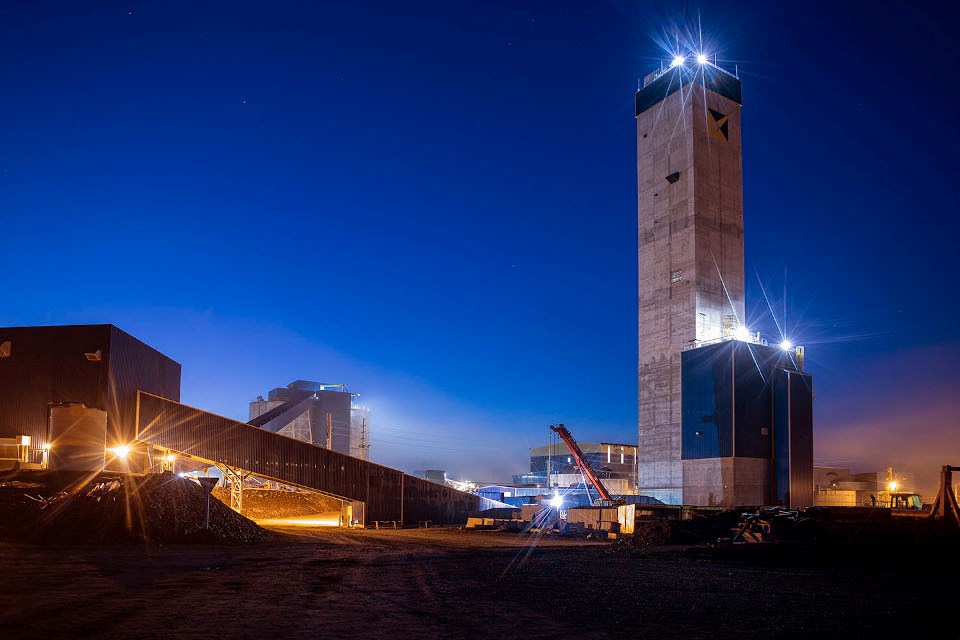The Island Gold Mine in northeastern Ontario continues to be a workhorse for Alamos Gold.
The Toronto-based mining company reported a record $76 million in cash flow in announcing its third-quarter financial results on Oct. 29.
The Dubreuilville-area underground operation produced a record 39,600 ounces during the quarter, up eight per cent from the same period in 2019. The mine generated a record mine-site cash flow of $40.8 million.
Through the first nine months of this year, Island Gold has produced 97,800 ounces.
Despite a pandemic-related shutdown during the second quarter, the forecast looks good for Island Gold to meet this year's annual production goal of between 130,000 to 140,000 ounces.
Want to read more stories about business in the North? Subscribe to our newsletter.
Alamos operates three mines, two in Northern Ontario with Island Gold and Young-Davidson near Matachewan, and the Mulatos Mine in Sonora State, Mexico.
Total gold production at all three mines during the quarter totalled 117,100 ounces, up 49 per cent increase from the previous quarter as operations return to normal - albeit with strict health and safety protocols - after temporary prodution halts at Island Gold and Mulatos.
The third quarter also featured some milestone achievements for Alamos' operations in this region.
Last July, the company announced positive results from a study on the upcoming third phase of expansion at Island Gold toward making the mine more profitable and doubling its operating life.
The plan is to proceed to boost Island Gold to a 2,000-tonne-per day operation, while growing gold reserves and resources. Annual gold production will increase to 236,000 ounces starting in 2025 upon completion of a new shaft expansion.
This will boost mine life to 16 years, double the current eight-year mineral reserve life, based on a mineable mineral resource of 9.6 million tonnes, grading 10.45 grams per tonne of gold.
On the exploration drilling front, the company continues to chart high-grade gold intersections with the expectation of adding new resources along the mine's two-kilometre long Main Zone.
Alamos has four drill rigs working underground and two in surface as a 4,000-metre regional exploration program is queued up for the fourth quarter aimed at advancing targets outside Island Gold's main mining area on its 9,511-hectare Island Gold Property.
At Young-Davidson, the much-anticipated lower mine expansion was finally finished in July involving the tie-in of the Northgate shaft, which cut into gold production.
The mine produced 36,400 ounces of gold in the third quarter, down from the same period in 2019. But mining rates have now been steadily increasing each month to average over 6,700 tonnes per day for the quarter.
Alamos said this new piece of infrastructure has boosted production and lowered costs, resulting in a mine-site cash flow of $10.8 million of the quarter.
Mining rates are expected to increase to 7,500 tonnes per day by year's end.
Alamos said Young-Davidson is on track to meet production guidance of between 135,000 and 145,000 ounces.
“We had an excellent third quarter financially and operationally with strong performances at all three operations driving costs significantly lower," said company president John McCluskey in a statement.
"This included another record quarter at Island Gold, and Young-Davidson starting to demonstrate its full potential following the completion of the lower mine expansion. We previously outlined our expectation to transition to strong free cash flow generation in the second half of 2020, and we delivered with record free cash flow of $76 million in the quarter."




